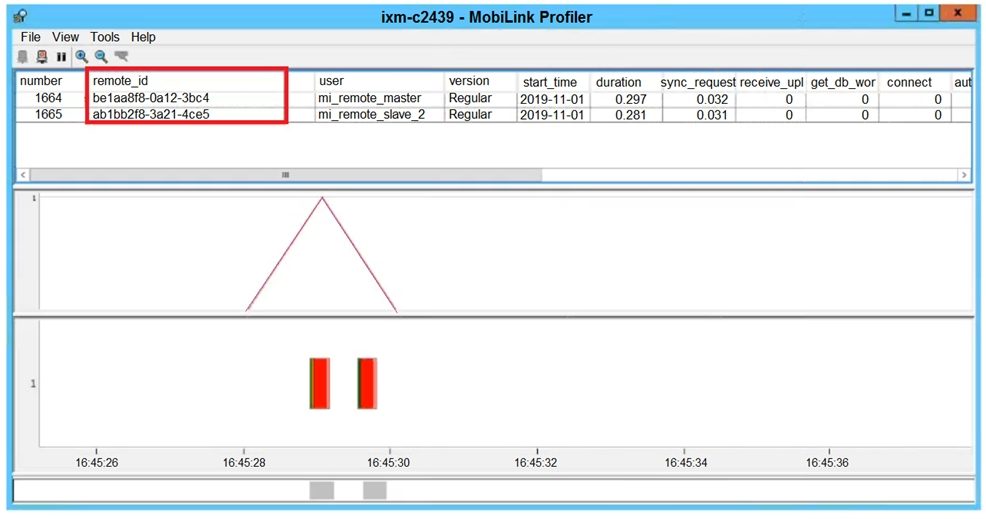Avaya 71801X Avaya Messaging Support Certified Exam Practice Test
Which two components are supported on the Avaya Messaging Voice Server Node (VSN) architecture? (Choose two.)
Answer : A, D
The Avaya Messaging Voice Server Node (VSN) architecture supports a variety of components that are essential for unified messaging and communication services. Two of the supported components are:
Audio / FAX / ASR / TTS: This includes audio messaging, fax support, automatic speech recognition (ASR), and text-to-speech (TTS) services.
Message Networking: This allows for the integration and networking of messages across different systems and platforms.
These components are integral to providing a comprehensive unified messaging solution that can cater to diverse communication needs within an organization.
Refer to the Exhibit.

The exhibit shows the healthy server with data synch working between the Consolidated server and the voice server node.
What does Remote_id stand for?
Answer : D
The Remote_id in the context of Avaya IX Messaging's MobiLink Profiler refers to the unique identifier assigned to each voice server node that is involved in data synchronization with the Consolidated server. This ID ensures that data is accurately tracked and synchronized across the different nodes in the system, maintaining the integrity and consistency of the messaging environment.
Avaya IX Messaging stores the log files in which location?
Answer : C
Avaya IX Messaging stores its log files in a specific directory structure to ensure organized storage and easy retrieval for maintenance and troubleshooting purposes. The correct location for these log files is within the 'OL' directory, which stands for 'Officelinx', the previous name for Avaya IX Messaging. This directory is found on the IX-Messaging Install drive under the 'UC' folder.
In Avaya IX Messaging Server, network requirements for larger configurations require a 1 Gb/s network connection between Avaya IXT" Messaging and Email servers. In such cases, a lGb/s layer 2-switch between all servers is also required.
How many users are considered for this larger configuration specification?
Answer : D
For larger configurations in Avaya IX Messaging Server, the network requirements specify a 1 Gb/s network connection between Avaya IX Messaging and Email servers, along with a 1 Gb/s layer 2-switch between all servers. This specification is considered for configurations with 1000+ Unified Communication (UC) users. Such network infrastructure ensures that the system can handle the data throughput and provide reliable service for a large number of users without experiencing network bottlenecks.
Which two prerequisites and considerations must be met prior installing Avaya IX Messaging? (Choose two.)
Answer : B, C
Before installing Avaya IX Messaging, it is essential to ensure that the server has the operating system installed, patched, and completely updated to provide a stable foundation for the application. Additionally, the corporate telephone system and PBX must be installed and functioning properly to ensure seamless integration and communication capabilities with Avaya IX Messaging.
If SR140 fax port licenses are present, how many FAX channels are supported by Avaya IX,M Messaging?
Answer : B
The Avaya IX Messaging system supports a configuration where, if SR140 fax port licenses are present, it can support up to 24 fax ports per voice server. The maximum number of fax channels that can be supported across the solution is 120. This allows for scalability and flexibility in deployment, ensuring that a sufficient number of fax channels are available to meet the communication needs of the organization.
In Avaya IXTI' Messaging High Availability, where are the voice traffic logs stored, and where are the message related logs stored?
Answer : B
In Avaya IX Messaging High Availability, the system is designed to ensure that voice traffic logs, which are crucial for diagnosing and troubleshooting voice-related issues, are stored on the Voice Server. This allows for a dedicated and optimized environment for handling voice traffic and its associated data. On the other hand, message-related logs, which include data pertaining to messaging functions such as voicemail, email integration, and other unified messaging features, are stored on the Consolidated Server. This separation ensures that the logs are stored in the most relevant location for their purpose, facilitating easier management and access when needed for support and maintenance tasks.